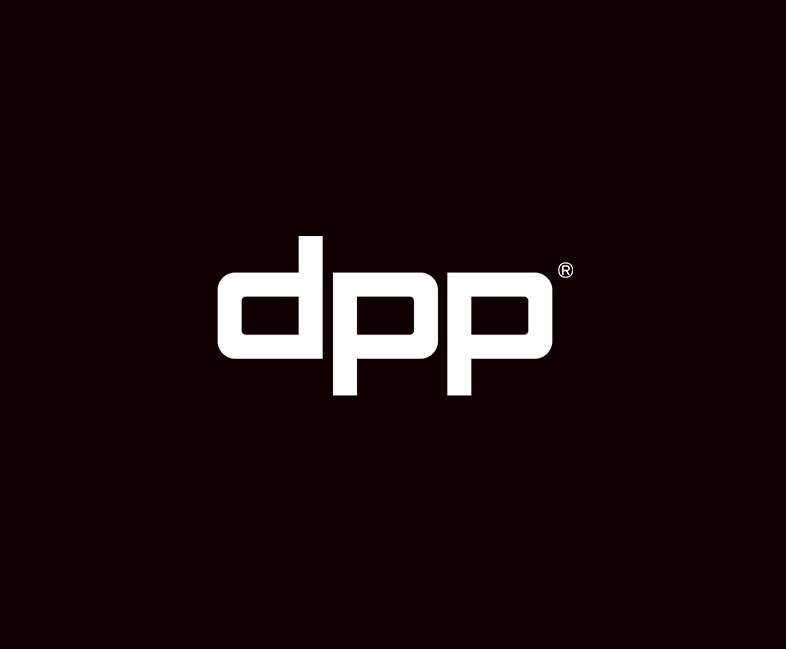
CLEAR® AI Reframe
Automatically convert horizontal videos into vertical formats
Notable Clients
























Our Products
Explore our suite of products
Clear®
CLEAR® brings clarity and efficiency to the often-chaotic process of content creation. It is modular; this means you'll have the tools to efficiently create and distribute content while reducing costs and increasing revenue streams.
Clear® AI
Elevate the impact of your content with CLEAR® AI. This powerful AI technology enhances efficiency, boosts audience engagement, and drives revenue growth, allowing you to maximize the value of your media assets.
Localization
Make the world your market with PFT’s Localization Services
Verticals we cater to
Content Owners & Distributors
Sports Teams
Leagues & Federations
Government & Institutions
Brands
Agencies
News
Channel 4 case study
PFT creates a Channel 4 Cloud Supply Chain
ITV case study
PFT delivers AI-led automation to ITV
BCCI case study
BCCI gets future ready with Digital Content
Associated Press case study
Associated Press preserves history for generations with CLEAR®
Case Studies
Metrics
01
CLEAR® manages over 14 million assets
02
2.5 million decisions made by CLEAR®
03
Over 60 home-grown AI engines
04
350,000+ media assets processed with AI
05
13+ patents in technology, supply chain, & AI
06
Automatic deliveries to over 450+ destinations
07
Fulfills 10 million VoD assets annually
08






.jpg)


